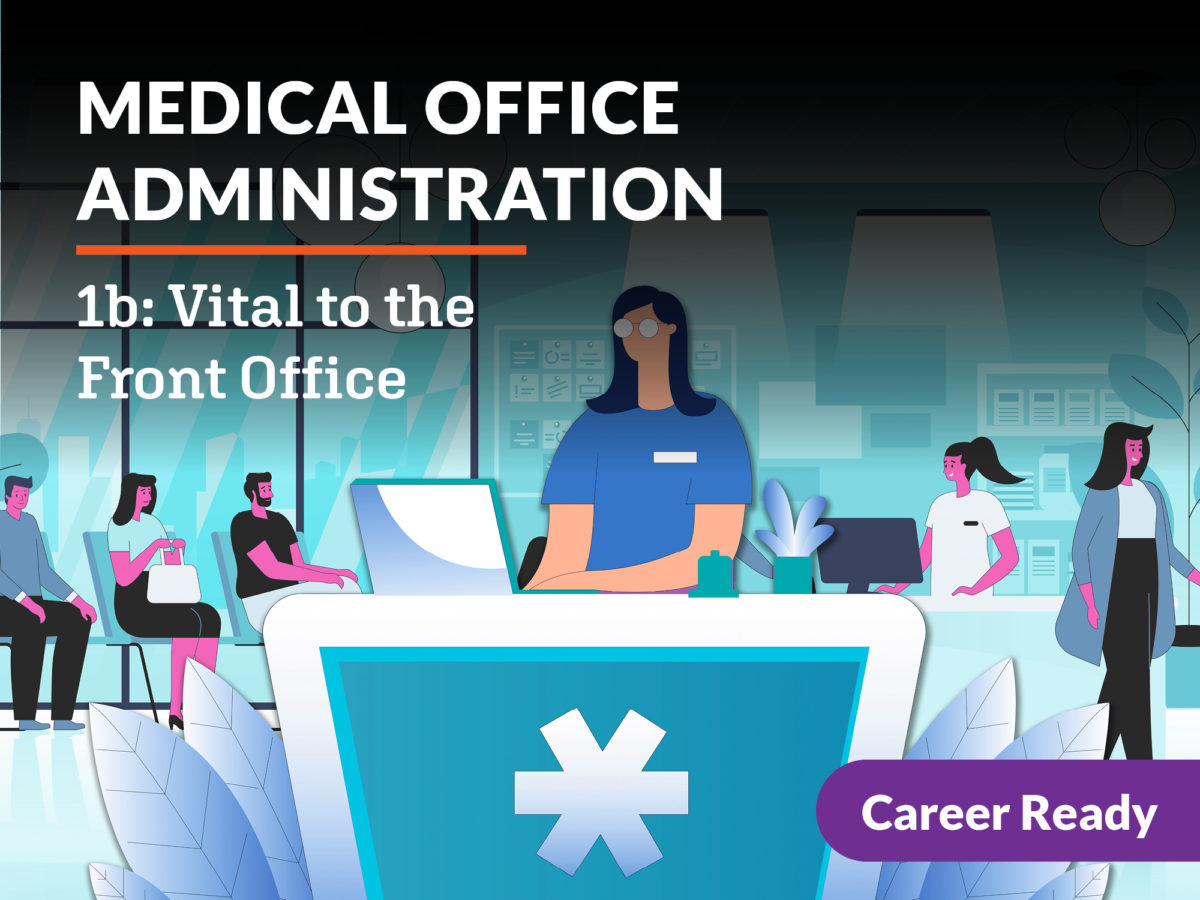Why Medical Administration is Important for Smooth Healthcare Workflow
Why Medical Administration is Important for Smooth Healthcare Workflow
Blog Article
Finest Practices in Medical Administration for Improving Performance and Decreasing Expenses
In the ever-evolving landscape of health care, the search of finest methods in clinical administration is critical for enhancing performance and curbing expenses. By integrating innovative modern technologies such as digital health and wellness documents and telemedicine, health care providers can simplify procedures and boost patient treatment.
Leveraging Advanced Technology
In today's rapidly developing health care landscape, leveraging sophisticated technology is no much longer optional yet essential for effective clinical administration. The assimilation of electronic remedies right into medical care systems has actually changed the means centers run, simplifying processes and improving client care. Electronic Health And Wellness Records (EHRs) are pivotal, giving comprehensive individual information that can be accessed instantaneously by authorized employees, thus decreasing redundancy and reducing errors. By streamlining individual details, EHRs remove the demand for cumbersome paperwork and facilitate seamless interaction amongst health care carriers.
Telemedicine is another technical development that has actually reinvented person interaction. It supplies benefit for both individuals and healthcare specialists by enabling remote consultations, which can lower the requirement for in-person check outs and maximize appointment organizing. In addition, telehealth platforms can extend health care accessibility to rural or underserved locations, connecting gaps in care shipment.
Moreover, using Artificial Knowledge (AI) and equipment understanding is becoming increasingly widespread in predictive analytics, permitting early detection of prospective health issues and more informed decision-making. These innovations, when incorporated efficiently, can improve diagnostic accuracy and customize person treatment plans, ultimately causing enhanced healthcare outcomes and functional effectiveness.
Optimizing Source Allowance
By purposefully taking care of resources such as workers, equipment, and funds, health care facilities can significantly improve their functional performance, boost individual outcomes, and decrease unnecessary expenses. The first action in optimizing resource allowance includes carrying out a comprehensive evaluation of existing possessions and recognizing locations where sources might be underutilized or exhausted.
Focusing on source allocation based upon client demands and solution demands is vital. This entails lining up resources with high-demand areas, such as emergency situation treatment or specialized treatments, to make certain prompt and efficient individual care. Implementing flexible staffing versions can also maximize labor resources by adjusting employees allowance in action to varying person volumes. Additionally, welcoming telemedicine and other technical options can reduce physical source constraints by supplying different methods for patient-provider interactions.
Funds need to be meticulously checked and allocated with critical insight to support both temporary functional demands and long-lasting institutional objectives. This includes investing in training programs that improve team competencies and adopting energy-efficient techniques that decrease functional expenses (medical administration). Eventually, an enhanced resource allotment method promotes a lasting medical care setting that is responsive, reliable, and economically sensible
Streamlining Workflow Processes
When health care facilities goal to improve functional performance, simplifying operations procedures ends up being an essential focus. Effective operations lessen redundancy, remove unnecessary actions, and boost coordination amongst medical care specialists. This technique not only increases solution delivery but likewise this website improves the top quality of individual care.

Next, modern technology integration plays a substantial function in streamlining workflows. Applying electronic wellness records (EHRs) and computerized doctor order entry (CPOE) systems decreases documentation, decreases human error, and makes sure information comes to all pertinent personnel. In addition, leveraging telemedicine systems can enhance individual consultations and follow-ups, decreasing the stress on physical facilities.

Inevitably, streamlined workflows bring about cost reductions and enhanced person contentment, cultivating a much more lasting health care setting.
Enhancing Data Management
Structure upon streamlined workflows, optimizing information management comes to be a vital part ahead of time medical care management. Effective data management systems are crucial for keeping exact person documents, enhancing decision-making, and ensuring conformity with official statement regulatory standards. By implementing durable data administration options, health care centers can enhance the top quality of person care while simultaneously reducing operational prices.
One secret facet of enhancing information monitoring is the combination of sophisticated electronic wellness record (EHR) systems. These systems facilitate the seamless exchange of client details across different divisions, reducing duplication of examinations and decreasing mistakes. A well-designed EHR system sustains information analytics, making it possible for medical care service providers to identify patterns and make educated choices regarding individual treatment.
Additionally, safeguarding client data is critical. Taking on detailed cybersecurity steps, consisting of encryption and routine audits, makes certain the honesty and privacy of delicate details. This not only safeguards patients however additionally keeps the institution's online reputation.
Spending in staff training is an additional critical factor. Informing medical care specialists on information management techniques enhances their ability to properly make use of innovation, leading to boosted client end results. In conclusion, boosting information monitoring with advanced innovation and detailed training is essential for accomplishing efficiency and price decrease in clinical management.
Fostering Collaborative Interaction
An essential element ahead of time clinical administration is cultivating collaborative communication among health care specialists. Reliable interaction is paramount for guaranteeing seamless client care, optimizing therapy end results, and minimizing mistakes. By encouraging open discussion and sychronisation across multidisciplinary teams, medical care organizations can enhance their operational effectiveness and minimize unnecessary costs.
Central to this technique is the assimilation of communication modern technologies such as electronic health documents (EHRs) and protected messaging platforms, which assist in the fast exchange of vital person information. These devices make it possible for medical care service providers to access and share data in genuine time, guaranteeing that all group members are notified and lined up in their decision-making processes. Furthermore, normal group meetings and interdisciplinary rounds can even more promote a society of partnership and responsibility.
Training programs focused on improving communication abilities are additionally necessary. Ultimately, promoting joint interaction directory leads to boosted health care shipment and price financial savings.

Verdict
Incorporating advanced modern technology, such as electronic wellness records and telemedicine, together with maximized resource allotment and structured process processes, is crucial for improving efficiency in medical management. Efficient data management and cultivating collaborative communication among healthcare teams are critical for reducing redundancies and boosting care high quality. By prioritizing preventative treatment and participating in quality renovation efforts, health care companies can attain significant expense savings and enhanced client results, consequently making certain sustainable healthcare distribution in a significantly complex environment.
Report this page